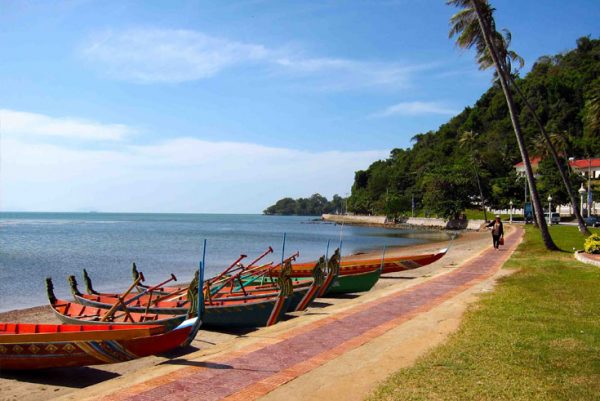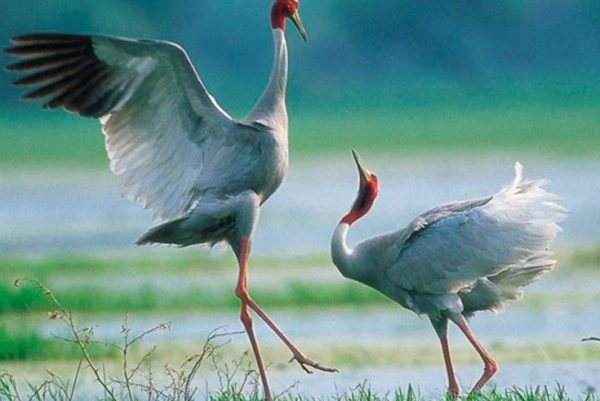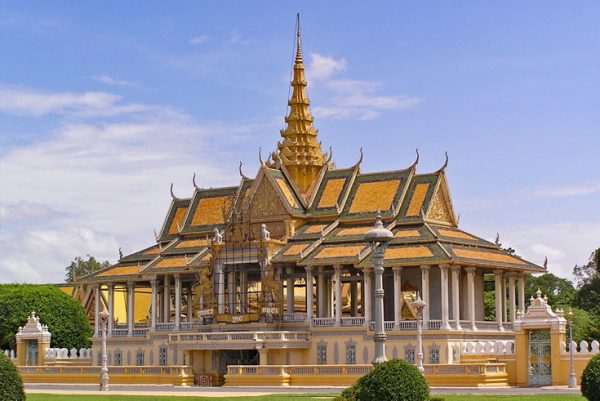Tonle Sap Lake, one of the world’s most vibrant ecosystem, is the largest freshwater lake in Southeast Asia with diversity of fauna and flora. Discovering Tonle Sap Lake, you also be overwhelmed by its fascinating local communities and their floating villages.
Located in southern Siem Reap about 15km, the Tonle Sap Lake is 250km in length and 100km in width at its widest point, that makes it seem like an inland ocean when you can see the opposite shore from ground level. More interestingly, it’s fairly shallow, with a maximum depth of only 10 metres.
Tonle Sap Lake is a confluence of the mighty Mekong River, Tonle Sap and Bassic River, so it becomes a unique eco-system with a great variety of species: over 200 fish species live in the lake, 70 of it are of commercial relevance. 23 snake species, among them the endemic Longhead Water Snake as well as 13 turtle species live in and around Tonle Sap Lake.
The Lake also play an important role in commercial resource due to providing more than half of the fish consumption in Cambodia. Parallel to impressive ecosystem, the human occupations at the edges of the lake is similarly distinctive – floating villages with stilted houses, huge fish traps and an economic life on water.
Chong Khneas is the name of famous floating villages at the edge of the lake. The boat trip through the floating village takes approximately two hours. You will explore the different of Khmer, Muslim and Vietnamese floating households and the floating markets, fisheries, clinics, schools, basketball course, pigsty and other boatloads of tourists.












